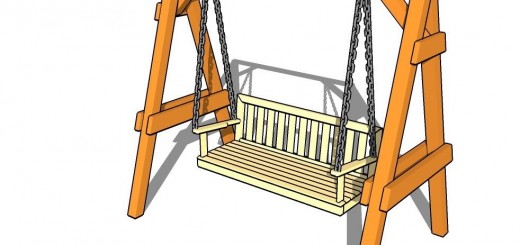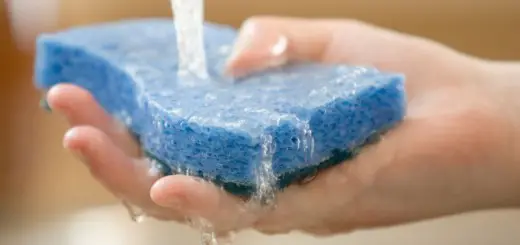Easy Tips To Care For A Natural Christmas Tree
However popular artificial trees may have become, there’s nothing that matches the charm of a natural Christmas tree which fills a home with that unrivaled scent imparting energy all around. But once brought inside, the trees may require a minimum care for you to enjoy that authentic green and natural fragrance for a longer time, especially if you choose to decorate it on the very first days of December. So here some tips to care for a natural Christmas tree, coming via Huffingtonpost.com.
Easy to anticipate, water is the basic solution here. Just as each living needs water so does the fir, spruce or pine to last longer in indoor spaces. So, the very first thing you need to do after buying it is to get the tree in a bucket of fresh water, before starting to decorate it. If the tree was cut down days before you buy it, then saw an inch or two off the bottom of the trunk and put it in a tree stand filled with fresh water. If you’re not ready to set it up, put it in a bucket of water in a cool place. The water temperature doesn’t matter.
It is also recommended you use a tree stand which is also fitted with a water tank. For instance, the National Christmas Tree Association recommends that a tree stand should provide 1 liter of water per 2.5 cm of stem diameter. So be sure the tree stand you choose has a large water reservoir because a tree can take up a gallon of water in its first few hours in the stand. Also, mind that whittling the trunk down to fit the stand will only dry the tree out faster.
Even though there’s plenty of water, the tree, used to lower temperatures, may need to cool down once in a while. So place it next to the windows to first get the fresh air that comes in anytime you open the windows to air the room. Equally important, keep it away from the artificial hating sources.
Despite these extra care efforts, the tree will eventually dry out. Instead of just throwing it away, use the branches to cover beds in the garden over winter or turn them into organic nutrients, adding the chips to the compost pile. As a matter of fact, most communities now collect spent Christmas trees and make mulch or compost from them, which they offer back to residents.


















